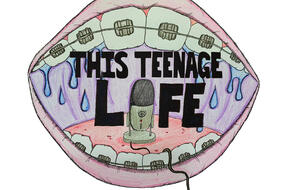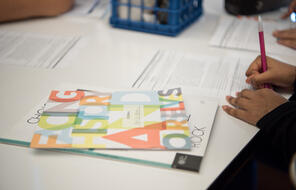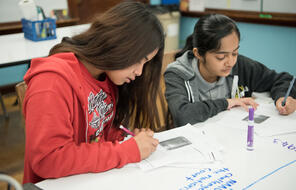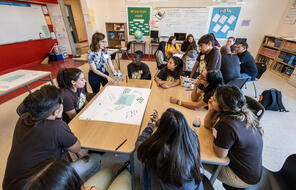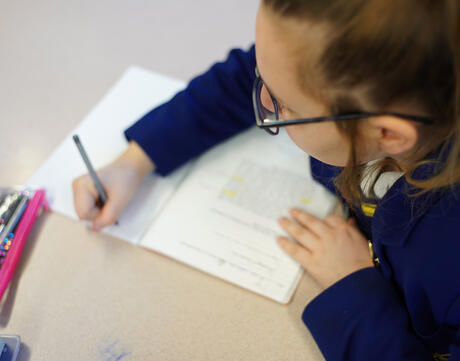
Concept Maps: Generate, Sort, Connect, Elaborate
Subject
- English & Language Arts
- History
- Social Studies
Grade
6–12Published
Overview

Teaching Strategies
What Is Concept Mapping?
A concept map is a visual representation of a topic that students can create using words, phrases, lines, arrows, space on the page, and perhaps color to help organize their ideas and show their understanding of an idea, vocabulary term, or essential question. Students first respond to a topic (an idea, term, or essential question) by brainstorming a list of words, phrases, or ideas they associate with it.
Then, they sort and arrange the items in their list visually on a page to represent both the items’ relationships to the topic and to each other. The result is a visual representation of students’ thinking about the idea, term, or question.
This strategy provides an effective way to introduce big ideas to the class and capture their initial thinking. Students can then return to their concept maps over the course of a lesson or unit to revise them, providing a way for both the teacher and students to track individual understanding and growth. 1
- 1Generate, Sort, Connect, Elaborate: Concept Map is adapted from a thinking routine developed by educators at Harvard University’s Project Zero.
Lesson Plans
How to Use Concept Maps
Variations
Unlimited Access to Learning. More Added Every Month.
Facing History & Ourselves is designed for educators who want to help students explore identity, think critically, grow emotionally, act ethically, and participate in civic life. It’s hard work, so we’ve developed some go-to professional learning opportunities to help you along the way.
Exploring ELA Text Selection with Julia Torres
On-Demand

Working for Justice, Equity and Civic Agency in Our Schools: A Conversation with Clint Smith
On-Demand

Centering Student Voices to Build Community and Agency
On-Demand
